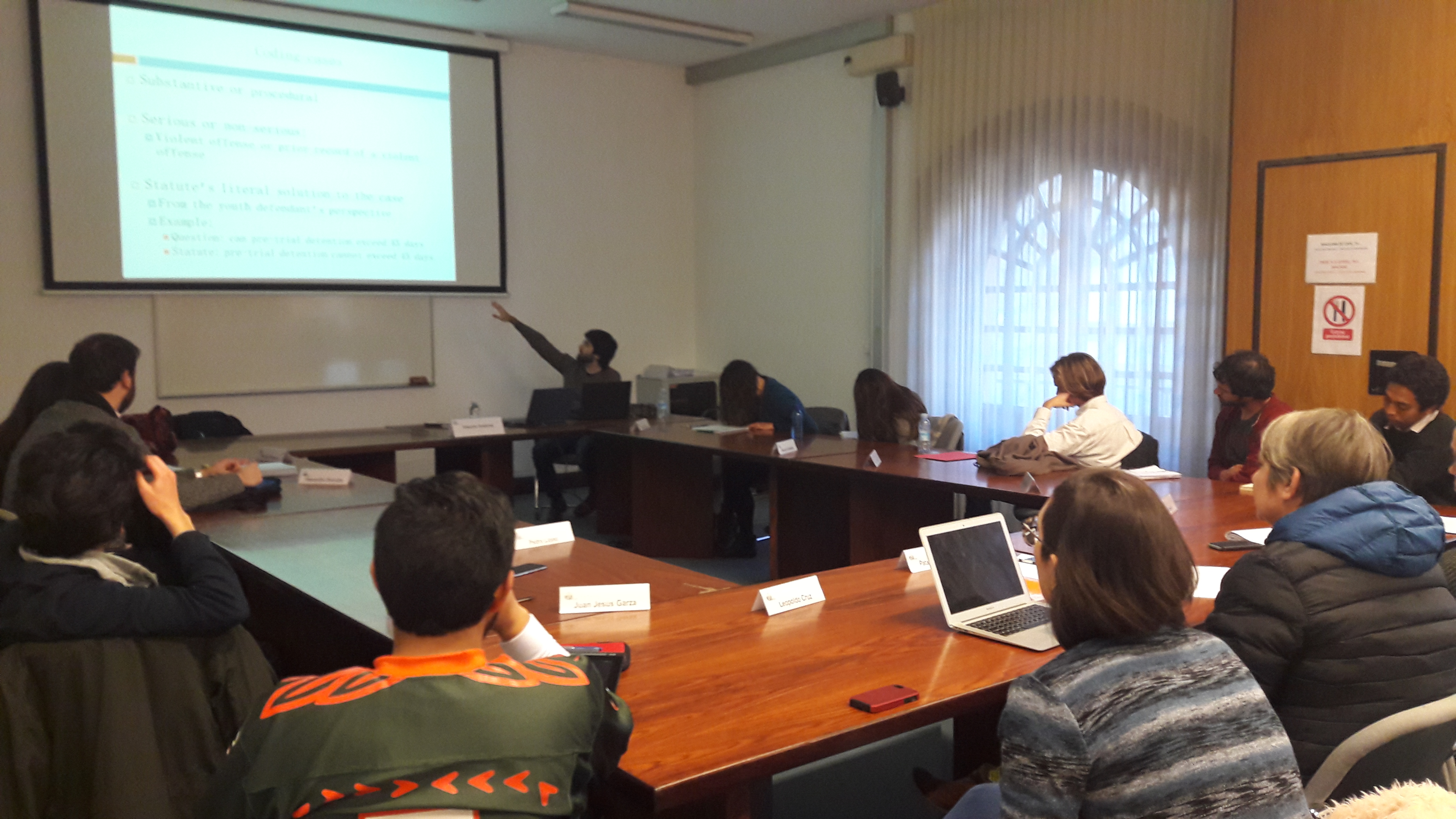
Brazilian Statute of the Child and Adolescent is considered a reference among youth justice professionals and scholars. However, they claim the judiciary fails to enforce the Statue. According to them, youth offenders receive harsh punishment and have little procedural protection. This situation is known as the "worst of both worlds", because it means youth are treated with the historical informality that has guided juvenile justice, while simultaneously being punished in a harsher fashion (especially with incarceration), as is the tendency in adult justice. Thus, both the historical rehabilitative approach of youth justice and the procedural protection of the adult system are rejected. As the Superior Court of Justice (SCJ) usually has the final word in the interpretation of the Statute, this presentation examines the Court's 43 youth justice landmark decisions. It aims at determining if the SCJ does reject petitioners' claims in both procedural and substantive cases. Also, it assesses if decisions' outcomes vary according to the seriousness of cases and the solution the Statute presents to cases. In order to do so, an adaptation of qualitative compared analysis is employed.
Eduardo Gutierrez Cornelius is finishing his M.A. at the University of Sao Paulo's Sociology Department. He has a law degree from the Federal University of Rio Grande do Sul, where he worked in the Law School's Pro Bono Program, providing legal services to court-‐involved youth.
